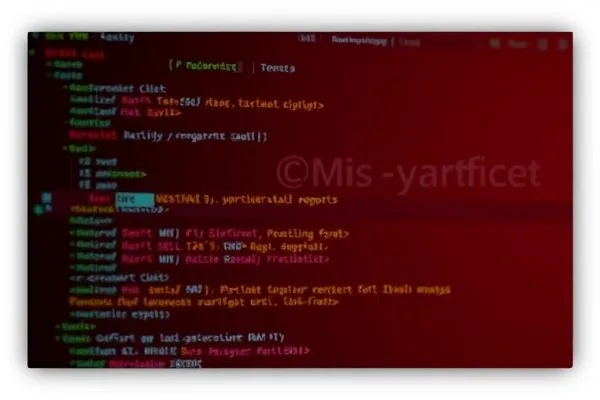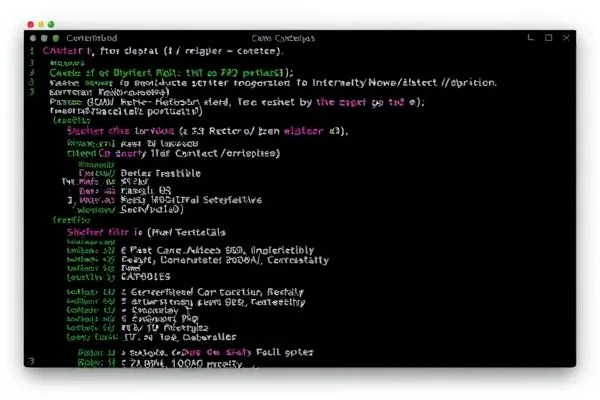Consider the ramifications of a vulnerability that allows unauthorized access even after patches have been applied. Recent revelations from Fortinet expose a critical SSL-VPN symlink exploit, enabling threat actors to maintain read-only access to FortiGate devices post-patching, raising deeper cybersecurity concerns.
Key Takeaways:
- Threat actors can retain access to systems despite the application of patches.
- Fortinet has released essential software updates to mitigate the exploit.
- CISA advises users on credential management and potentially disabling SSL-VPN until updates are applied.
According to Fortinet’s advisory, attackers are leveraging a symlink exploit that allows them to maintain read-only access to vulnerable FortiGate devices even after security patches have been deployed. This breach capitalizes on known vulnerabilities such as CVE-2022-42475, CVE-2023-27997, and CVE-2024-21762 through the creation of symbolic links between the user file system and the root file system in the SSL-VPN context. This method often bypasses detection, rendering configurations vulnerable.
The company emphasized that only clients employing SSL-VPN functionalities are affected, allowing those without it to avoid risks. Fortinet has reached out to impacted clients and has commenced updates across FortiOS versions 7.4, 7.2, 7.0, and 6.4 to automatically remove these malicious symlinks. Customers are strongly encouraged to update to the latest FortiOS versions and examine their device configurations while treating these settings as likely compromised.
The Cybersecurity and Infrastructure Security Agency (CISA) reinforced these warnings, pushing organizations to reset any exposed credentials and consider disabling SSL-VPN functionalities pending the application of security updates. The French Computer Emergency Response Team (CERT-FR) has also acknowledged the exploit, stressing that the attack landscape has evolved, where quick exploitation outpaces the patching efforts of organizations.
Benjamin Harris, the CEO of watchTowr, expressed significant concerns regarding two aspects: the accelerated tempo at which vulnerabilities are exploited and the increasing capability of adversaries to embed persistent threats that withstand standard patching procedures.
Frequently Asked Questions:
- What is the SSL-VPN symlink exploit? It serves as a mechanism for unauthorized read-only access to FortiGate devices.
- Which versions of FortiOS are affected? All versions from FortiOS 6.4 to 7.0 and respective updates.
- How can organizations bolster their security against such exploits? By ensuring timely updates, rigorous configuration reviews, and strong credential checks.
- Is it necessary to disable SSL-VPN until patches are applied? CISA recommends doing so until full updates are confirmed.
This situation underscores the critical need for organizations to remain vigilant and proactive in patch management practices to safeguard their networks and sensitive information from complex threats.









